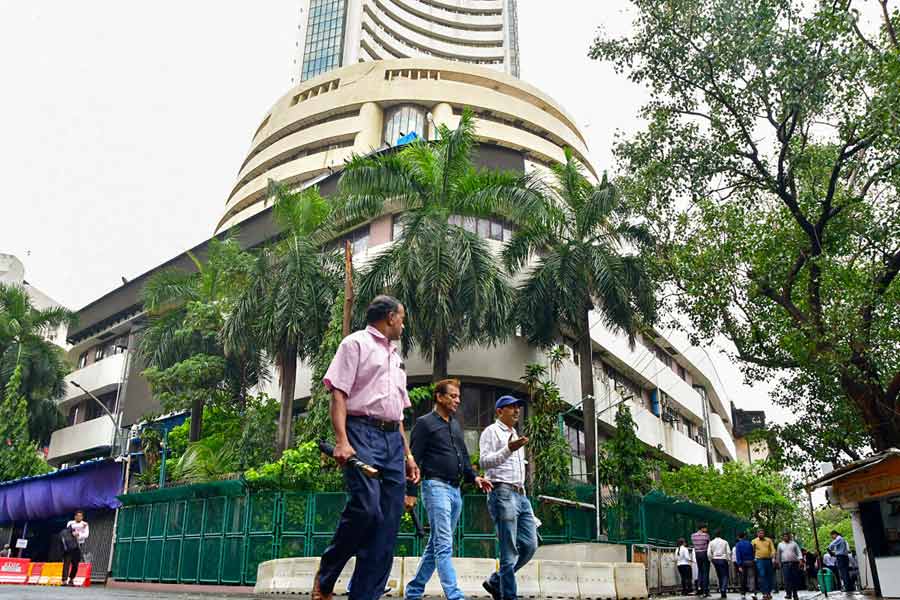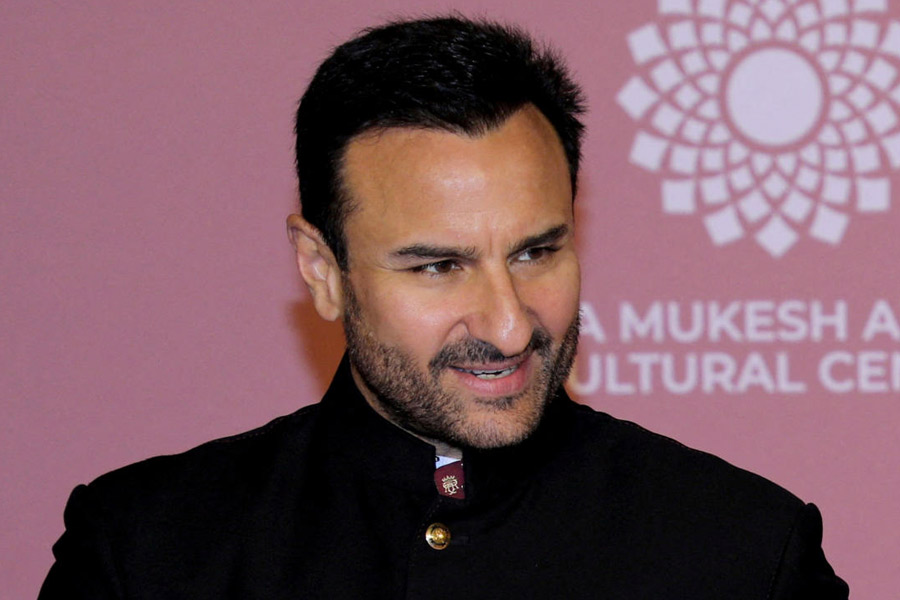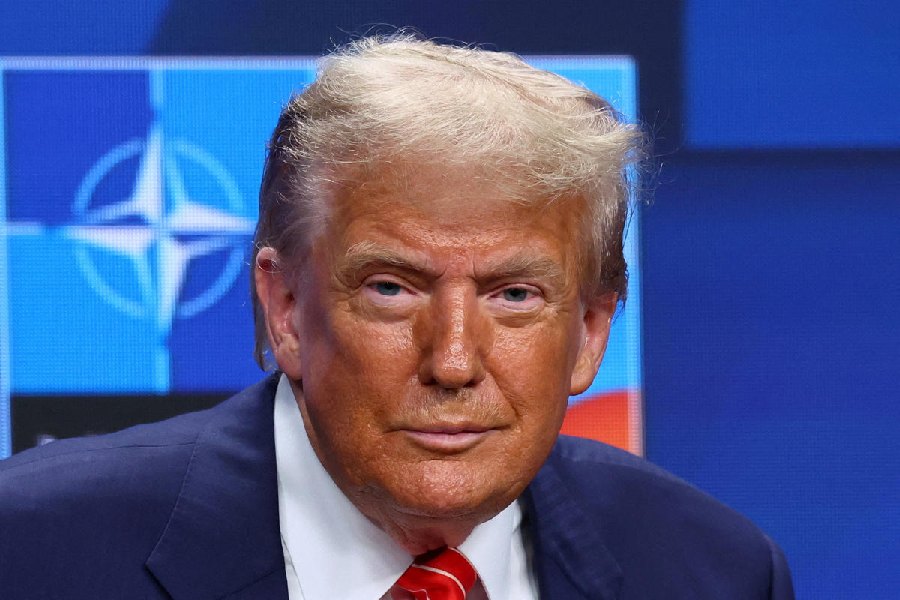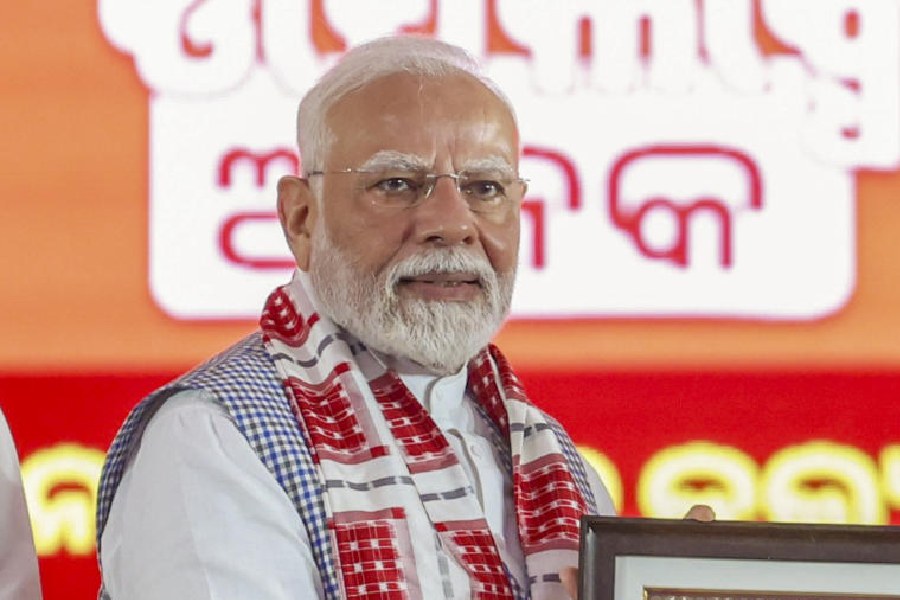|
|
| Palwankar Baloo: rehabilitated |
A Corner Of A Foreign Field: The Indian History Of A British Sport By Ramachandra Guha, Picador, Rs 495
In a country where critics of and experts on cricket rely far too much on clichés and verbosity, it is indeed laudable to find an author who writes with courage and perception. Cricket is said to be the national passion in India. But that is perhaps not entirely true. We are obsessed merely with cricketers’ life-styles and statistics. And a handful is obsessed with raking in money from the game. Nothing else matters. We do not care to know the game’s history, traditions and ethos. Nor do we want to learn. Our so-called passion for the game is only restricted to watching and arguing. And the judgment of almost everyone, more so that of critics and experts, is often clouded by considerations of province and community.
In the midst of this gloom, Ramachandra Guha is a rare exception. Instead of imposing his views on us, as is the usual practice in India, Guha opens up the vast, complex and colourful canvas of Indian cricket to his readers. Every follower of cricket must acknowledge a debt of gratitude to Guha for unearthing the first real hero of Indian cricket. But Palwankar Baloo is a forgotten man today. The majority of cricket administrators, critics, coaches, experts and even the cricketers themselves do not even know the name of the man who championed the cause of the Indian cricketers. How can there be a healthy foundation for the game in a nation that does not even know its cricketing heritage, does not respect its cricketing founders?
In A Corner Of A Foreign Field: The Indian History Of A British Sport, the author takes us through the difficult terrain of Indian cricket history, a terrain that was, and still is, riddled with racism, religious bigotry, communalism and the worst forms of provincialism imaginable. Guha’s observations and analyses are his own, they are not derived from previous scholarship; neither is he servile to the Western media or corrupt sports administrators. In his lucid style, Guha interweaves the relationship between cricket and Indian society. Mohandas Karamchand Gandhi, B.R. Ambedkar and M.A. Jinnah figure in this narrative, and so do C.K. Nayudu, Abdul Hafeez Kardar and Douglas Jardine. Incidents of caste discrimination and communal tension in Indian cricket make this a compelling read. The competition between Muslim fundamentalism and Hindu chauvinism is also explored along with all its ramifications. This is refreshing since no one had previously attempted to write a sociological history of Indian cricket.
Guha is a free bird, as willing to rise above the mediocrity of the rat-race as he is to plumb the depths of the ocean to unearth truths that will disabuse popular misconceptions. Guha could have easily picked on Sunil Gavaskar, Kapil Dev, Nayudu or Vinoo Mankad as the true representative of Indian cricket. His book would probably have sold millions of copies if he had done so. But then, he would not have been the meticulous historian he is. The historian in Guha picks on the man whose career best shows the ironic evolution of Indian cricket. The Parsis were the first Indians to play the game, but Baloo was not a Parsi. The wealthy caste-Hindus were a dominant force in cricketing circles, but Guha’s hero is a poor “untouchable”. An Indian prince may have mesmerized the world of cricket, but he was not as much a product of Indian conditions as Guha’s hero was. Nayudu dominated over the world of Indian cricket for nearly three decades, whereas Baloo did not even play a single test match.
So what is it that makes Palwankar Baloo a hero? We know that Baloo was a chamar — an out-caste, a simple unlettered man. But few people know of the magnitude of his unintended influence on his race, on his religion and on the politics of his nation. Guha deserves our congratulations for bringing to the public eye a truth that the Indian cricketing world had kept buried for more than a century. The book should be read and reread by everyone who professes to be a follower of Indian cricket.
Baloo is neither a synthetic celluloid hero nor a media-created cricket-god. Nor would he ever have thought of himself as one. He just performed his skills, in an environment full of hostility, discrimination, pettiness and worse. His left-arm spin broke the back of every obstacle that came his way. On this foundation of sheer guts grew the super-structure of the Mankads, the Hazares, the Gavaskars and the Tendulkars.
The book exposes the hollowness of many a reputation including those of Lord Harris and Ranjitsinhji. The English cricketers’ lack of sportsmanship in India is chronicled along with the petty jealousies of Parsi cricketers. Even the servility of Indians is not spared. Today, 55 years after independence, we still have Indians who find nothing wrong in a stark naked English cricketer being massaged at the CC&FC grounds, but who would rebuke a junior Bengal cricketer for lowering his trousers to adjust his thigh pad!
Racism and other discriminations have vitiated the world of sports for long. Jim Thorpe, Eddie Gilbert, Jessie Owens, Learie Constantine, among a host of others, have faced degradation and despair. Fortunately, however, the injustice done to them has been highlighted and their dignity and reputation restored. But the man who probably pioneered the trend of upsetting uncivilized norms in the world of sports was for long a forgotten name. It required a historian of Guha’s calibre to rescue a real hero from apathy and ignorance. But in the mad craze for statistics and lucre, will this resurrection have any bearing on Indian cricket?











